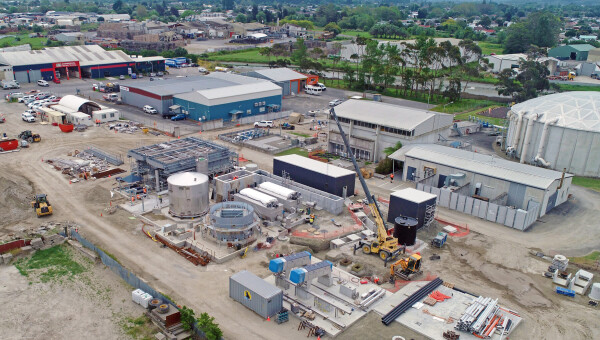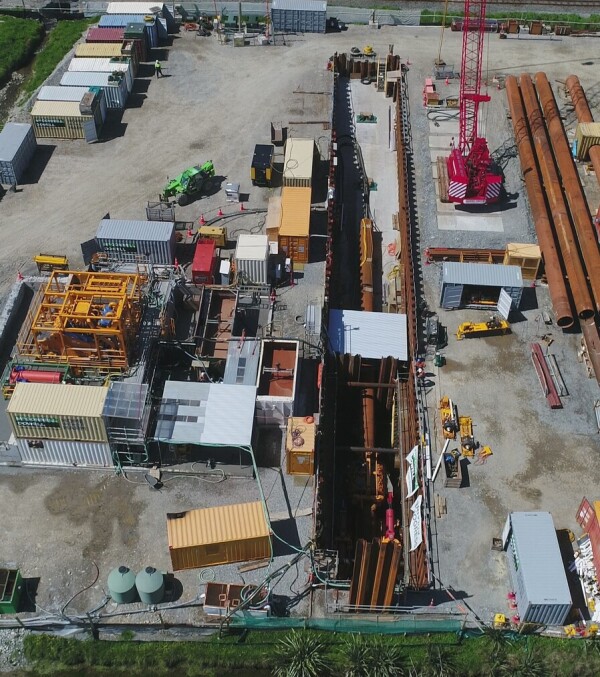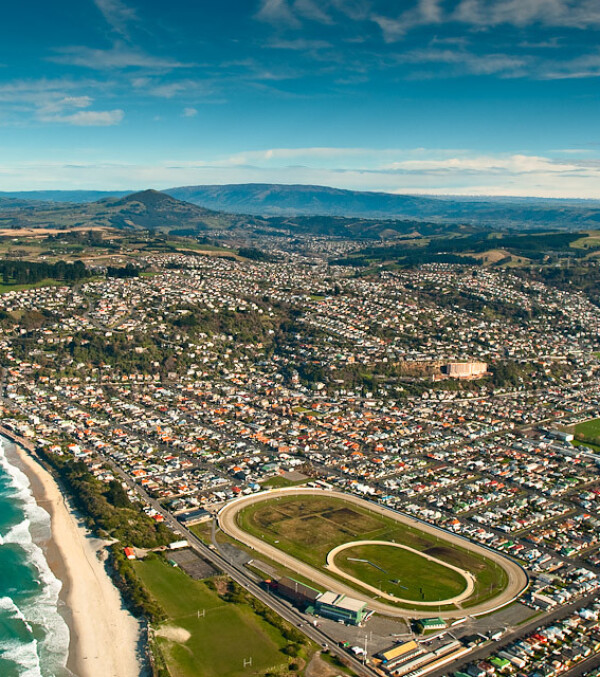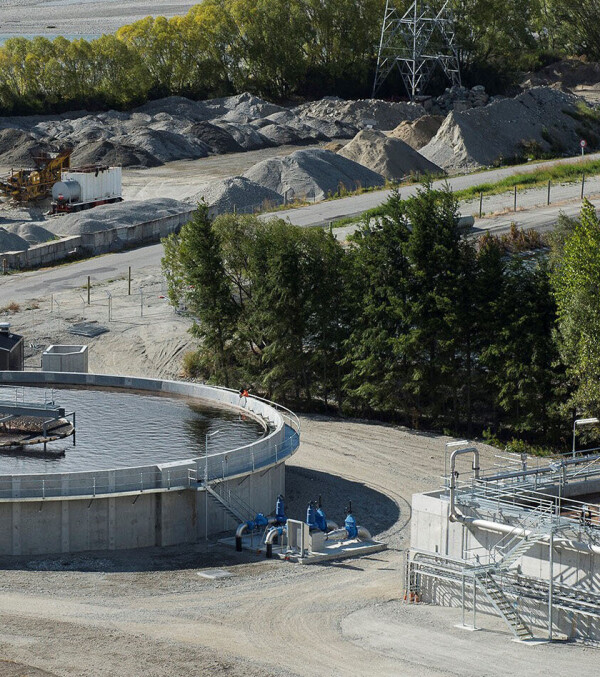|
Customer: Gisborne District Council Contract: Construct Location: Gisborne, New Zealand
|
Fast Facts
|
In Gisborne, on the east coast of New Zealand’s North Island, we upgraded a wastewater treatment plant, doubling its existing capacity while saving our customer 30% in construction costs.
The budget for the Gisborne Wastewater Treatment Plant Upgrade – Stages One & Two was tight, but we love a value-engineering challenge! Working with the Gisborne District Council, the team rescoped and redesigned the construction method, reducing the cost by 30% and reducing the carbon footprint of the job.
The project was completed in two stages:
Stage 1 - Ground Improvement Works & Pump Station
Gisborne is near the Hikurangi trench, a seismically active area, and the sandy soil and low water table posed a high risk of liquefaction and needed to be strengthened to meet earthquake standards before construction could begin.
We used a Cutter Soil Mixing (CSM) method, drilling 6m down while injecting cement grout into the sand base. This option was more cost-effective than the lattice concrete foundation the design initially called for.
The result was a ‘mixed mass earth raft’ about 5 m deep that stabilised the ground, achieved the compaction rates required, and created a solid foundation for the new structures.
Where the earth had been stabilised dewatering wasn’t required around excavation as the 5m deep mixed mass raft acted like a seal preventing water from getting to the surface. The water level was only about a metre below the ground, so a robust dewatering system was required to manage excavation works outside the stabilised area.
Also included in the stage was a new pump station to transfer effluent from the biological trickling filter to the new clarifiers. To construct the new pump station, a cofferdam of 12 m deep steel piles was used. The dewatering system was installed about six metres below ground level and pumped at a rate of about 4 litres per second.
Stage 2 - New Facilities
The stage 2 upgrade added a clarifier, tertiary filtration, ultra-violet disinfection, and solids removal.
Specific scope items included:
- a Lamella, secondary clarification system
- sludge underdrain removal system
- disc-cloth tertiary filtration system
- an in-channel, ultra-violet disinfection system
- screw presses for dewatering
- cvil works - pipelines, drainage, stormwater treatment, chambers, roadways, hardstands etc.
- structural works - concrete pads, steelwork, platforms etc
- a new system to recycle effluent so it can be used as wash water for equipment at the plant
Community connection
Good community networking meant the team found an alternate and productive use for the extra sandy spoil from the site. The Council was looking for extra fill for a new pool project in the area, and the material from the site was suitable. The solution was a win-win-win for all involved. It saved the Council the cost of buying and transporting extra fill, and it diverted the spoil from a landfill, saving the project team the cost of disposal.
Local talent
Hiring from the local Gisborne workforce was a key consideration for us. Wherever possible we recruited engineers and staff from the local community, providing employment opportunities and reducing the carbon footprint of the project.
The timely completion of a large construction project nearby meant there was a new pool of experienced workers looking for new jobs. The Project Manager and Supervisor lost no time enticing recruits across to the plant upgrade.
Results
The wastewater plant upgrade, completed in mid-2023, has doubled the existing plant’s capacity to treat domestic effluent. It has also improved the quality of the water being discharged into the bay.
The plant upgrade is a key component of the Gisborne District Council’s plans to build a wastewater wetland to receive and naturally treat all wastewater.
Find out more about the project and the team ....











